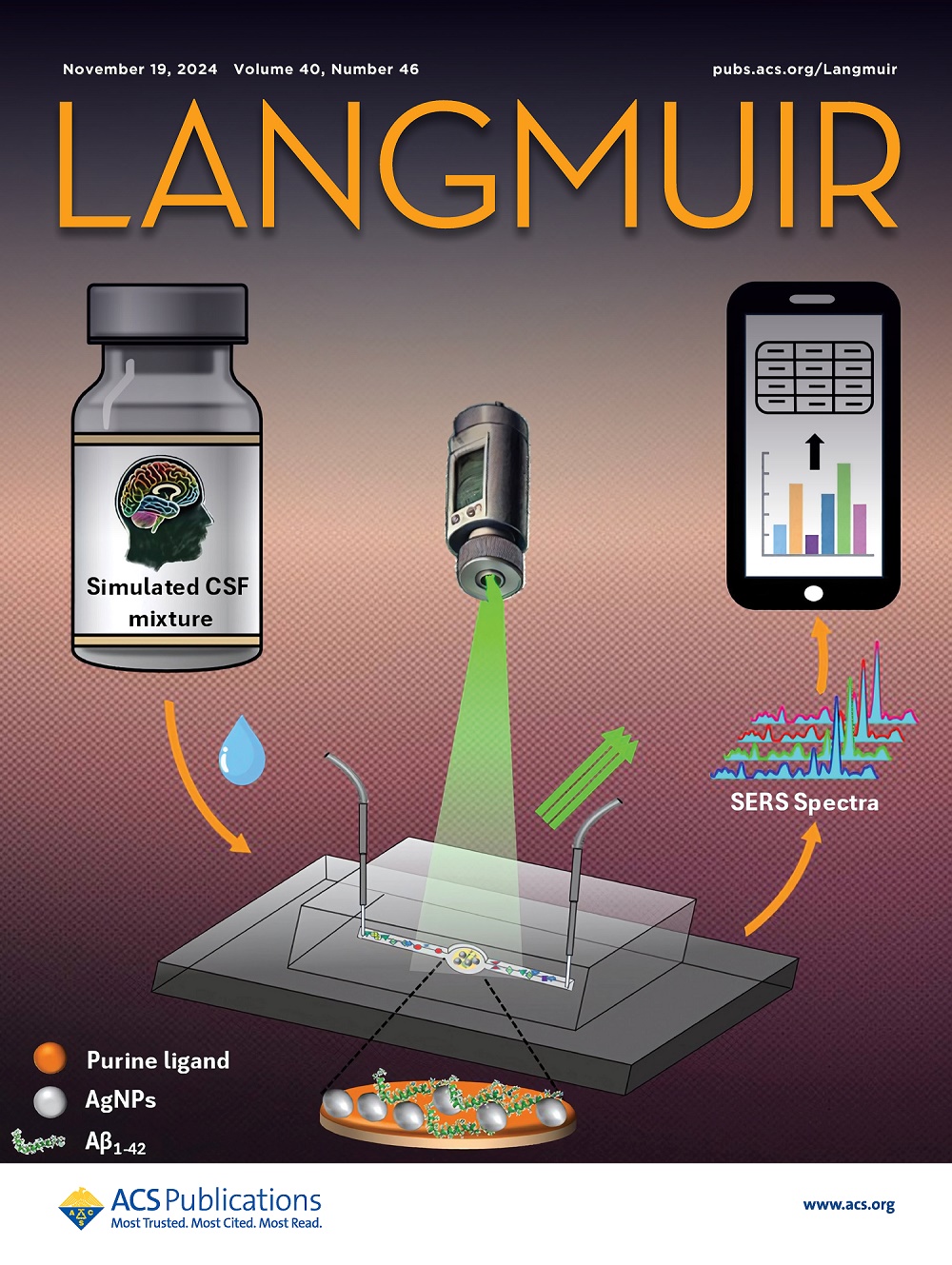Enhanced Charge Transfer Kinetics in Hematite Photoanodes via Au Nanoclusters─Toward Efficient Light-Driven Hydrogen Generation
IF 3.7
2区 化学
Q2 CHEMISTRY, MULTIDISCIPLINARY
引用次数: 0
Abstract
In these studies, we explain the mechanism by which gold nanoparticles enhance the photoelectrochemical activity of thin films of hematite. The electrodes were manufactured using magnetron sputtering in combination with inert gas condensation, one of the most advanced techniques to decorate the top material layer with metallic nanoclusters. Adjusting the very low surface concentration of widely separated Au nanoclusters, corresponding to 2.3% surface coverage, we observed a 2-fold increase in photocurrent values. This effect can be explained by electrochemical impedance spectroscopy results, which show an increase in charge carriers density by 1.7 and charge carriers lifetime by 1.4. Comprehensive in-depth microscopic and spectroscopic studies of the morphological, chemical, and electronic properties of hematite allow not only the characterization of the material but also the determination of the role of metallic Au nanoclusters at the electrode–electrolyte interface. Understanding the mechanism of the interactions between hematite and metallic Au nanoclusters is a key factor in designing advanced sustainable devices for solar-to-chemical energy conversion.

金纳米团簇增强赤铁矿光阳极的电荷转移动力学─迈向高效的光驱动制氢
在这些研究中,我们解释了金纳米颗粒增强赤铁矿薄膜光电化学活性的机制。电极是用磁控溅射和惰性气体冷凝相结合的方法制造的,惰性气体冷凝是用金属纳米团簇装饰顶层材料层的最先进技术之一。调整广泛分离的金纳米团簇的非常低的表面浓度,相当于2.3%的表面覆盖率,我们观察到光电值增加了2倍。电化学阻抗谱结果表明,载流子密度增加了1.7,载流子寿命增加了1.4。对赤铁矿的形态、化学和电子性质进行全面深入的微观和光谱研究,不仅可以表征材料,还可以确定金属金纳米团簇在电极-电解质界面上的作用。了解赤铁矿和金属金纳米团簇之间相互作用的机制是设计先进的可持续太阳能-化学能转换装置的关键因素。
本文章由计算机程序翻译,如有差异,请以英文原文为准。
求助全文
约1分钟内获得全文
求助全文
来源期刊

Langmuir
化学-材料科学:综合
CiteScore
6.50
自引率
10.30%
发文量
1464
审稿时长
2.1 months
期刊介绍:
Langmuir is an interdisciplinary journal publishing articles in the following subject categories:
Colloids: surfactants and self-assembly, dispersions, emulsions, foams
Interfaces: adsorption, reactions, films, forces
Biological Interfaces: biocolloids, biomolecular and biomimetic materials
Materials: nano- and mesostructured materials, polymers, gels, liquid crystals
Electrochemistry: interfacial charge transfer, charge transport, electrocatalysis, electrokinetic phenomena, bioelectrochemistry
Devices and Applications: sensors, fluidics, patterning, catalysis, photonic crystals
However, when high-impact, original work is submitted that does not fit within the above categories, decisions to accept or decline such papers will be based on one criteria: What Would Irving Do?
Langmuir ranks #2 in citations out of 136 journals in the category of Physical Chemistry with 113,157 total citations. The journal received an Impact Factor of 4.384*.
This journal is also indexed in the categories of Materials Science (ranked #1) and Multidisciplinary Chemistry (ranked #5).
 求助内容:
求助内容: 应助结果提醒方式:
应助结果提醒方式:


